Frank DeFilippo: Will Restaurants, Drugs and Corruption Go Hand-in-Hand With the Fall of Afghanistan to the Taliban?
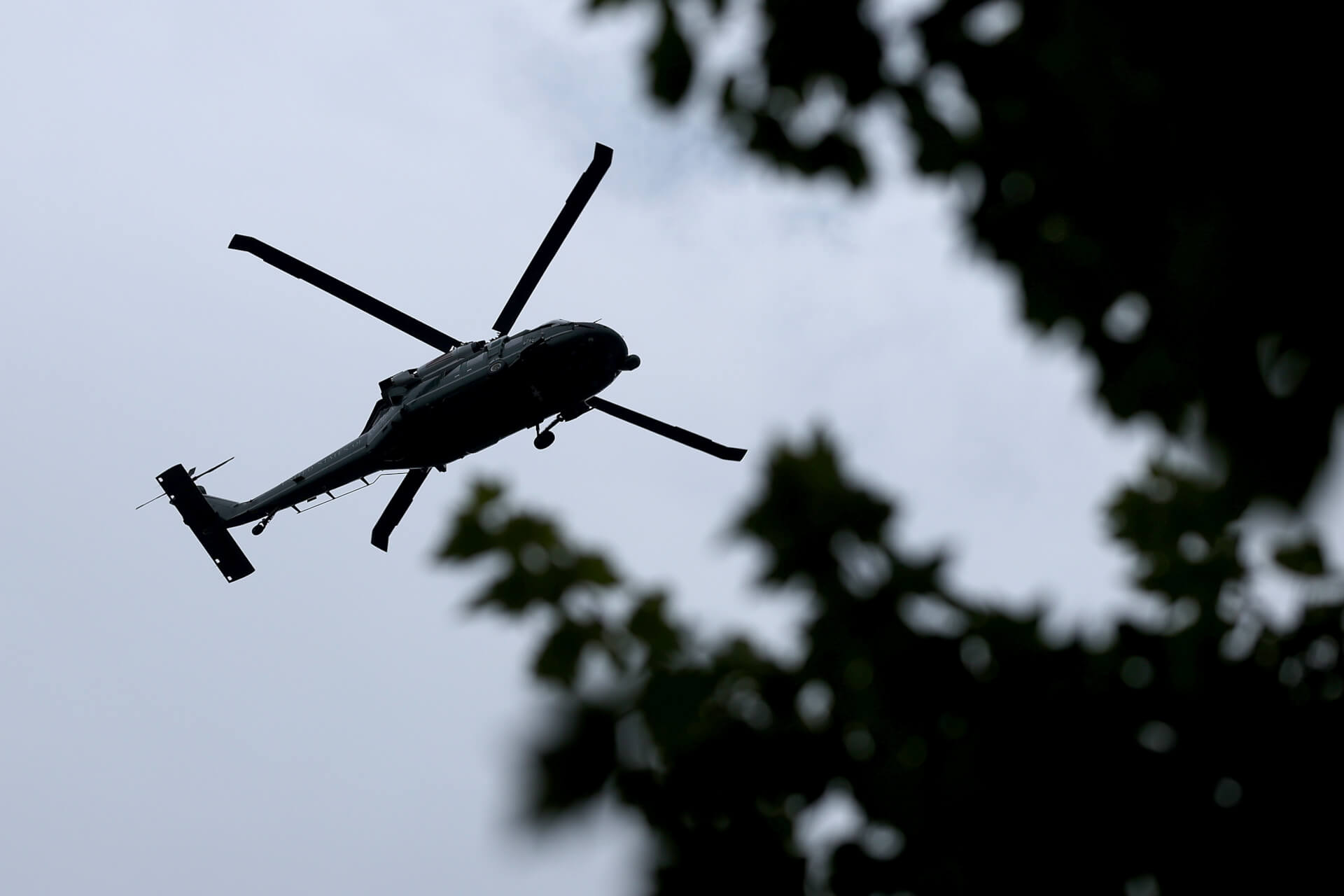
A local raconteur once wickedly observed that every time a foreign government collapses 10 new restaurants open in Bethesda.
The Marylander with the mirthful touch was Edmond F. Rovner, executive assistant to Montgomery County executives Charles W. Gilchrist and Sidney Kramer and the first chief of staff to Gov. Marvin Mandel. Rovner lived in Bethesda.
The same could be said of Baltimore. Or Silver Spring. Or Anytown, USA.
At the end of the war in Vietnam, when American helicopters and planes were airlifting refugees for resettlement, Mandel received a phone call from the Nixon administration’s State Department. The gist of the call involved how many Vietnamese refugees Maryland was willing to accept.
Mandel argued that resentment would be swift and fierce as Maryland was a strong labor state and the proposed number of refugees would absorb jobs that normally would be filled by union workers.
The State Department official responded with words to the effect, fine, Governor, we understand that you have a problem, so we’ll see that Maryland gets only 50,000 refugees.
The new arrivals were plopped down in Silver Spring, without a word of resentment, and went about establishing new lives in a strange but welcoming land – small carry-out shops, manicure salons, house-cleaning businesses and other self-starting chores as they worked their way up the social and economic chain.
Baltimore is a city known for its ethnic restaurants. Name a language and there’s restaurant menu to serve you.
Qayum Karzai, yes, brother of the future president of Afghanistan, set out to establish himself as a restaurateur. In 1989, he launched Helmand, on North Charles Street, in the city’s Mt. Vernon neighborhood, one of Baltimore’s top-rated foreign food destinations.
Hamid Karzai would not become the Afghan president until the American invasion in 2001. But Qayum was on the move in America. He went on to also open Tapas Teatro, in the city’s arts district, and later, a bistro, named simply “b”, in the Bolton Hill neighborhood. Qayum Karzai lives in Columbia.
Meanwhile, The Wall Street Journal reported two weeks ago that another Karzai brother, Mahmood, is the subject of a federal corruption probe, and federal prosecutors in New York are considering whether to charge him with tax evasion, racketeering or extortion.
Yet another brother, Ahmed, had been accused of being in the Afghan drug trade, which political rivals have alleged also involves Hamid Karzai, the former president, along with charges of nepotism, corruption and electoral fraud.
As for Hamid Karzai as president, The New York Times reported earlier that the CIA bribed him with “tens of millions of dollars in cash in suitcases, backpacks and plastic shopping bags delivered to Karzai over a decade.”
Corruption is practically a business model in Afghanistan and other nations in the region and beyond the immediate neighborhood. Its history of corrupt governments is among the many reasons Afghanistan collapsed into the ready arms of the Taliban. (The Trump administration signed a peace agreement with the Taliban that included the withdrawal of American troops from Afghanistan.)
The Taliban paid its way across the nation with walk-around money, a familiar phrase in Maryland politics. They bribed and paid off warlords and tribal chieftains in towns and villages across entire regions to lower their resistance, buy their support and affirm their allegiance – at least until the next high bidder comes along. The local Afghan equivalents of precinct leaders probably also wanted to be with a winner.
The Taliban’s effort was financed largely with proceeds from the drug trade. By controlling the country and the government, the Taliban now owns the poppy fields whose crops supply the raw product for hashish and other opium-based narcotics that provide a high percentage of the world’s drug trade.
And the most recent Afghan president, Ashraf Ghani, was said by Russians in Kabul to have fled the country with four cars packed with money, leaving one bag of cash behind that wouldn’t fit, according to reports.
Ghani, who has been granted safe haven with his family in the United Arab Emirates as a “humanitarian” gesture, called the allegations a pack of “lies.” Ghani is a former professor at the Johns Hopkins University. He also worked at the World Bank. Ghani says he’ll eventually return to Afghanistan.
In nearby India, kickbacks are an established part of the economic system. Able Wolman, the esteemed Johns Hopkins University professor and designer of water systems around the world as well as the developer of fluoridated water, once related his experience in that populous nation.
As part of his agreement to design a water system in India, Wolman recalled, he was handed a list of those who were to receive kickbacks and exactly what percentage each was to get – from the top bureaucrat descending down the list to the cleaning lady at his hotel.
Not too far away, in Eastern Europe, my daughter was on an archeological dig several years ago in Bulgaria, across the border from Romania. When the dig-party was packing up their picks and brushes for the day, they were approached by a small band of Gypsies.
Through interpreters, the Gypsies demanded to know what the diggers had unearthed. Asked why they wanted to know, the Gypsies said they had an agreement with local officials that they were entitled to 25% of the value of any artifacts that were recovered.
So much for business abroad, which, in many corners, is no different from business at home.
We are all immigrants. That’s the who and what America is, despite President Trump’s “Make America Great Again” campaign that convinced nearly half of the nation, at least for the moment in history, that the American equation is the reverse. (Trump’s grandfather, Friedrich, arrived in America on Oct. 7, 1885, a 16-year-old barber who fled Germany to escape compulsory military service. Sound familiar?)
The latest census, the nation’s once-a-decade head-count, underlines that reality. We are on our way to becoming a non-white nation by 2043, with 37% of the population now identified as minority while the white population is declining for the first time since 1790.
Cruise along Baltimore’s Eastern Avenue, and the lyrical lilt of dozens of foreign tongues waft above the temblors of commerce and have replaced the adenoid dialect of native Baltimorese. Johns Hopkins Hospital offers interpreters in dozens of languages to accommodate international visitors as well as the immigrants in the neighborhoods that surround its sprawling East Baltimore campus.
Though Montgomery County, Maryland’s most populous jurisdiction, has a white plurality, its populations of color have shown remarkable growth in the latest census figures – the Latino population is now 20.5%, the Black population is 18.6% and Asians make up 15.4%.
The U.S. looks favorably upon those Afghans who worked as allies with its military forces and diplomats and are now in danger from the emboldened Taliban regime despite its promises of a gentler takeover than its previous ruthless enforcement of primitive codes of behavior. The allegiants’ help and cooperation is their passport out of Afghanistan if they so choose. America’s honor is on the line.
Maryland Gov. Larry Hogan (R) has initially offered resettlement space and privileges to 180 Afghans who assisted U.S. personnel, mainly interpreters, with the welcome mat spread out for more if necessary.
Following the Cuban revolution, the U.S. airlifted 260,000 Cubans to America, with “Freedom Flights” to Miami twice a day, five days a week, from 1965 to 1973.
According to State Department data, 32,187 Iraqis, or about one-third of those living in the U.S., were granted refugee status. Many of them settled in and around Detroit.
Between 1870 and 1900, more than 12 million immigrants arrived in America, most of them from Germany, Ireland and England to escape war, poverty, disease and persecution. Another 15 million immigrants arrived between 1900-15.
And over recent years, Baltimore has viewed its rapidly expanding Hispanic population as a way to offset its declining numbers, now pegged at 596,000, down from nearly a million a half century ago.
The kicker is that nobody really knows how many immigrants, legal and illegal, are making it into America across the Southern border and other entry points undetected and unaccounted for.
One by one and two by two, they come, in all sizes, shapes, colors, creeds and manner of dress, seeking a better life in a land of promise, which can mean almost anything better than what they leave behind.
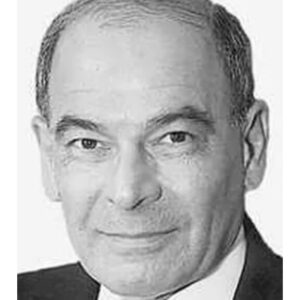
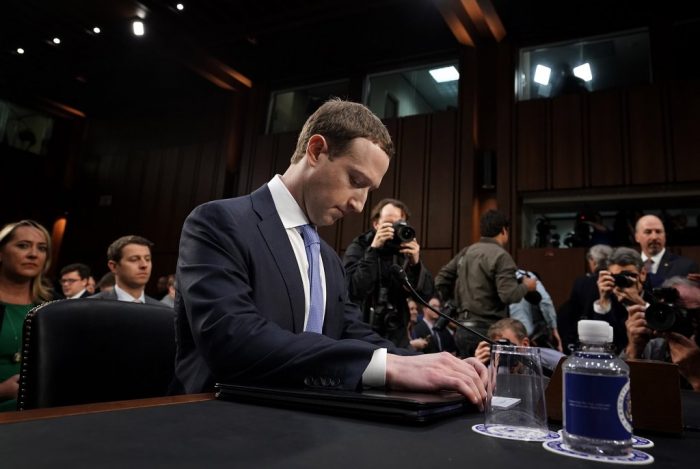
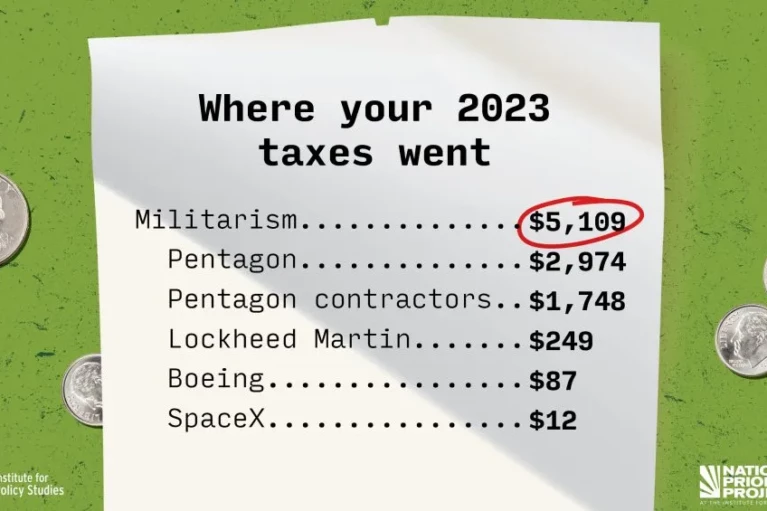
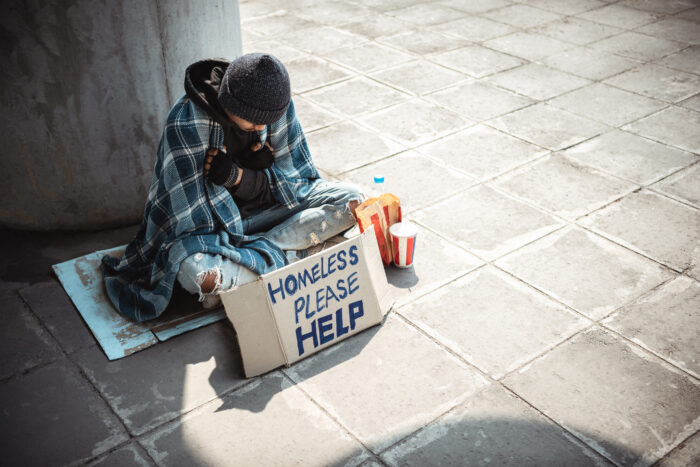
 Creative Commons Attribution
Creative Commons Attribution